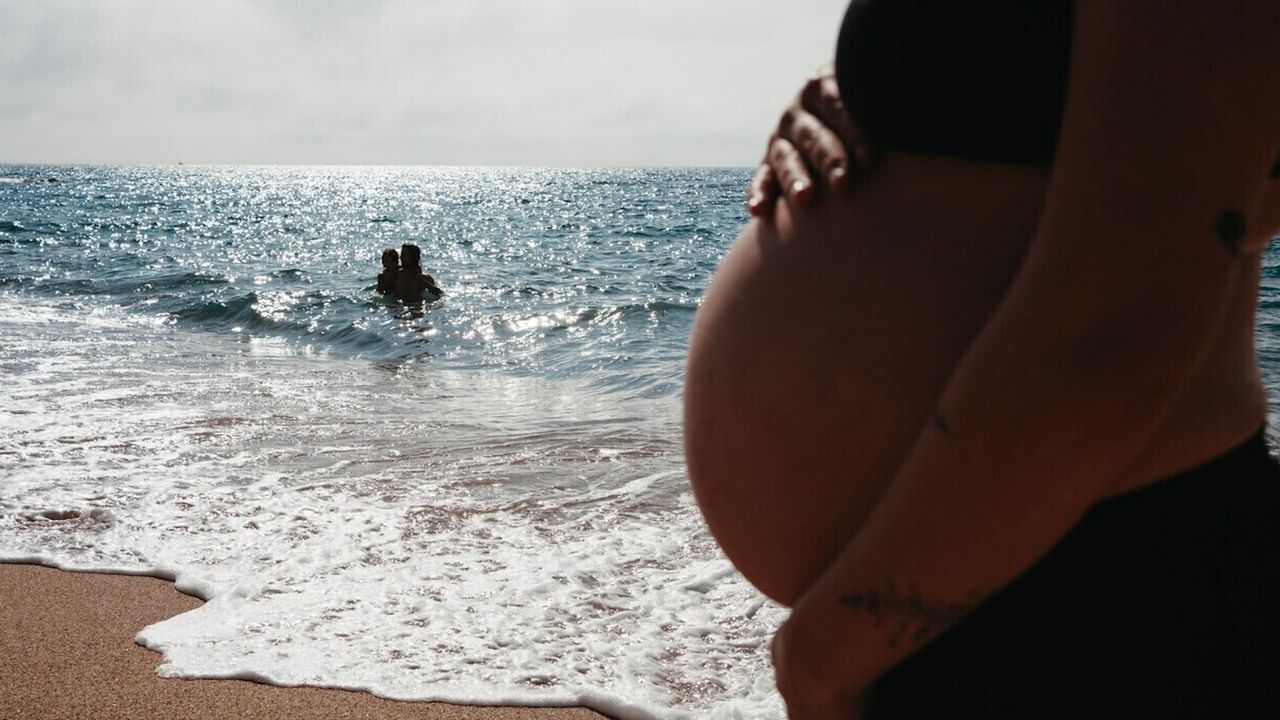
The mood in the operating room had soured. What had, just moments before, been the peaceful hum of Frank Ocean’s cover of “Moon River” flowing from my birth playlist and friendly chatting among medical staff was now a foreboding quiet. My husband had left my side, but from the corner of the room, I heard my newborn baby gurgle and grunt at being confronted with the new reality of life and felt a wave of relief. That moment was all too short.
“Are you sure you’ve never had a procedure done on your uterus before?” My ob-gyn at Cedars-Sinai, who had been by my side through the ups and downs of pregnancy, sounded uncharacteristically tense. I assured her, between deep breaths and medication-induced gags, that I had not. Prior to this, I had never experienced a pregnancy nor a miscarriage. Before this cesarean-section operation to deliver my baby, I had never had any kind of surgery at all.
Eventually, my son was brought to my side and we met for the first time. But he was soon whisked away again as I was told that the doctors had to work on me a bit longer. What I did not know at the time was that they had discovered on the operating table that I had placenta accreta, a condition where, instead of detaching after birth, the placenta embeds and grows into the surrounding organs of the pregnant person’s body. The placenta connecting me to the child I’d just given birth to had spread into my uterus, something I would later learn my doctors had to turn my uterus inside out to address.
One in 14 pregnant people in the US with accreta die, usually from hemorrhaging too much blood—as I nearly had—and its incidence has increased sharply over the decades, from 1 in 30,000 pregnancies in the 1960s to 1 in 533 pregnancies in the 2000s. (Prior cesarean delivery is a risk factor, so as C-section operations have become more common, so has the condition.) Typically, its threat can be managed by identifying the accreta during pregnancy via ultrasound, but mine was not detected in advance, making the discovery of my condition during surgery even riskier.
Add to that the stunning fact that the overall maternal death rate of Black and Indigenous pregnant people who are 30 or older is about four to five times higher than it is for white people who are pregnant. At 36 and as a person of Indigenous heritage, the likelihood of becoming another harrowing statistic was all too real to me. Now, I wonder if the fact that I live in California might just have saved my life.
#Survive #Childbirth #Live #California






